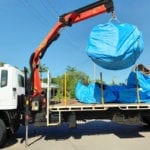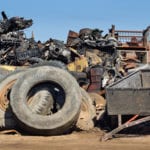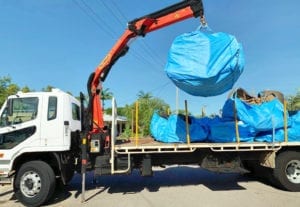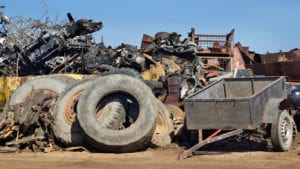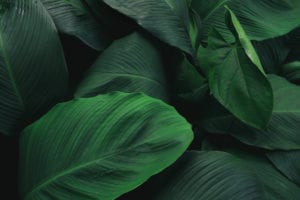
Waste Levy: 5 Things You Need to Know
Waste Levy: 5 Things You Need to Know
Come July 1, your weekend trip to the tip and your company’s waste management practice is set to be more costly and time consuming.
With just over a week till the Queensland Waste Levy takes effect, we take a quick dive into the new legislation and who will most be affected.
1 Interstate waste is the cause
Sure, the Government is looking to reduce the amount of waste disposed of to landfill but, one of the main reasons the levy was implemented was to prevent interstate waste making its way to Queensland landfills.
And when we state, ‘interstate waste’, we mean around 3.7 million tonnes of it!
Since 2012, Queensland has been the only mainland state to not have a levy for waste – which meant it was cheaper for interstaters to head to the Sunshine state to dump their waste.
2 Businesses are set to be the biggest losers
From construction to manufacturing, tourism and hospitality, businesses across the state will need to absorb this new Government legislation.
Come July 1, general waste will be charged at $75 per tonne with regulated waste costing $155 for Category 1 items and $105 for Category 2.
And with landfill operators making the decision on if, and how, the levy is passed, businesses may also need to reassess their waste management policies and start separating waste loads.
For instance, green waste, such as lawn clippings, may attract a lower levy amount than the likes of construction waste.
3 The general community are not exempt
Yes, the levy won’t affect residents putting out their kerbside wheelie bins but, if you’re looking to head to the tip, then you may be charged extra.
The Palaszczuk Government are generously providing advanced payments to Councils to ensure the costs are not passed onto ratepayers and their household waste.
However, the levy is paid by landfill operators, therefore these operators are able to make their own decision to pass on the cost to customers and place on top of existing disposal charges.
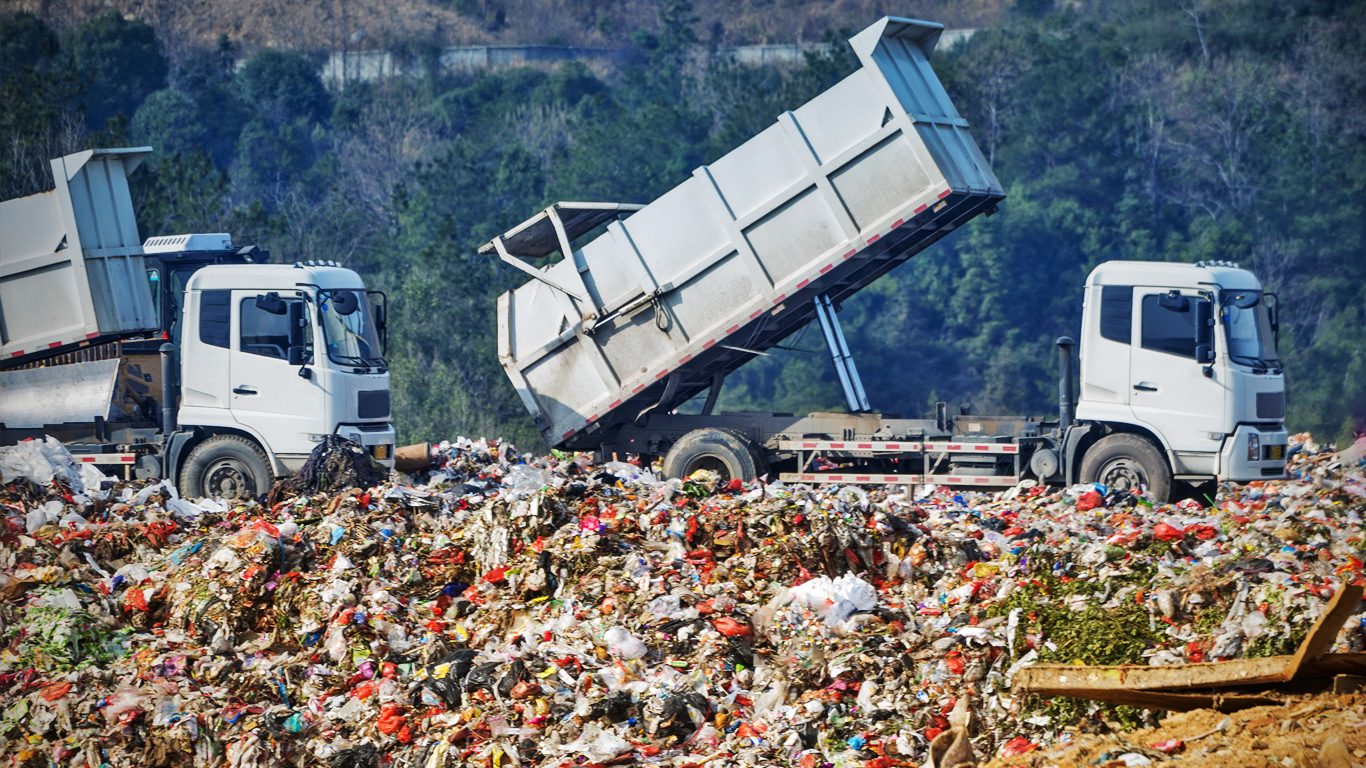
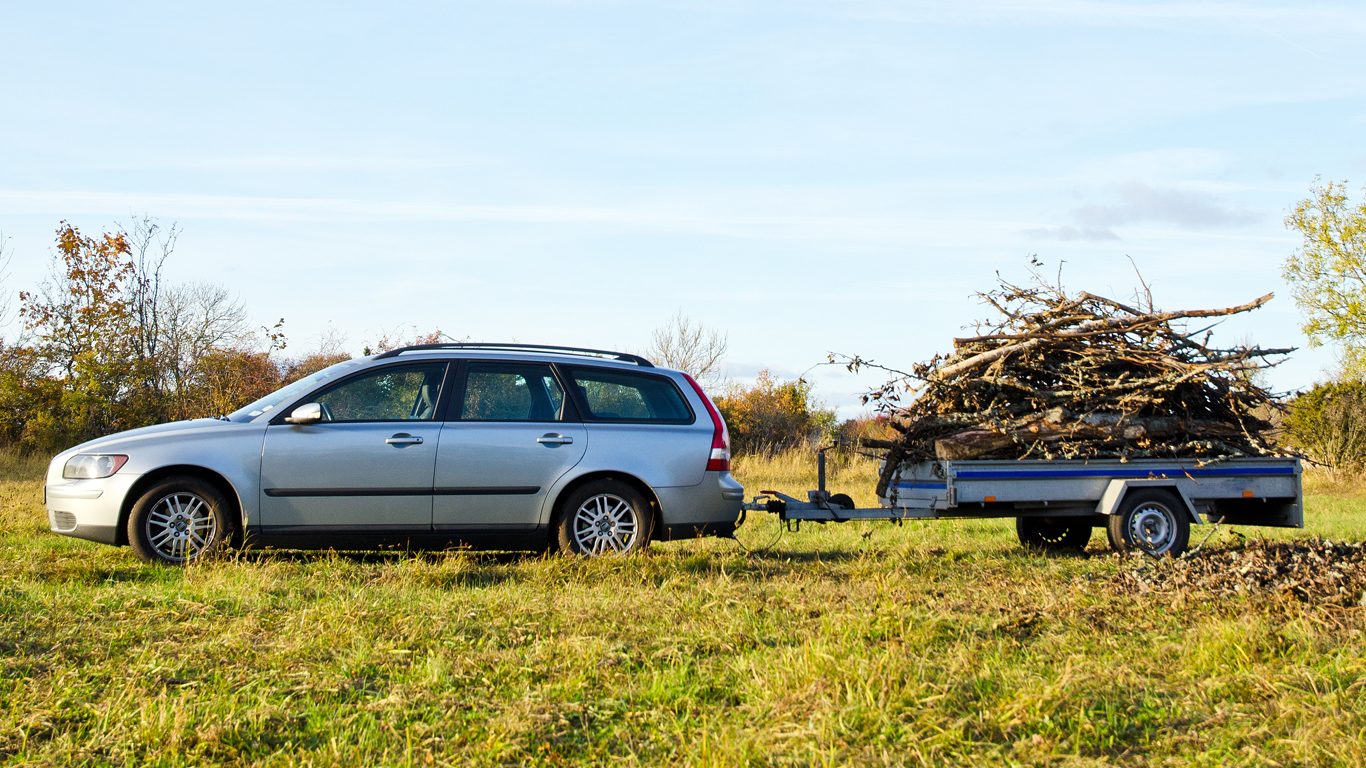
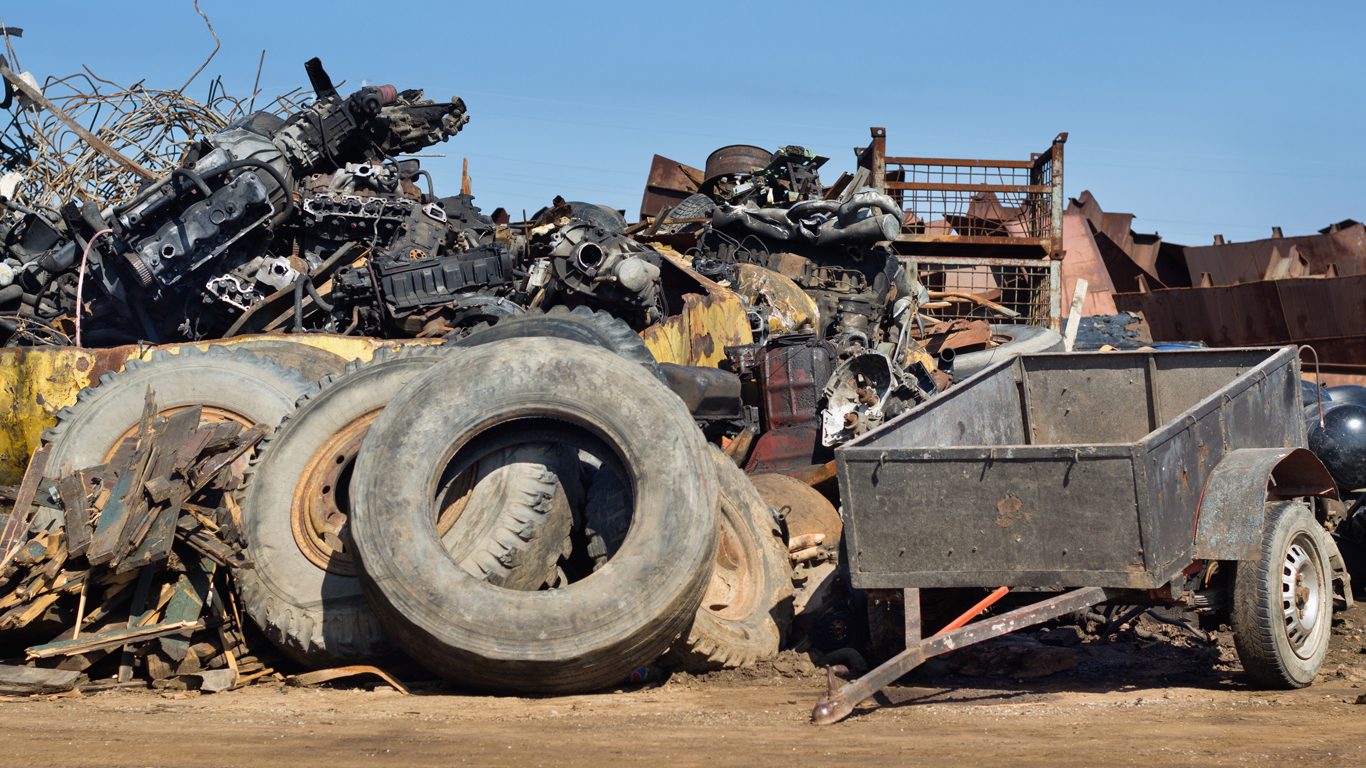
4 You need to know your waste categories and levy zones
To make things a little tougher, everyone disposing of waste at a leviable waste disposal site must advise of the amount of each type of waste and whether the waste was generated inside or outside the levy zone.
The levy zone includes 39 out of 77 local government areas. This may not sound like much but in fact it covers around 90% of Queensland’s population. You can check to see if your waste has been collected in a levy zone by visiting the Queensland Government website.
So, what are the different categories?
Category 2 is moderate-risk waste items such as asbestos, tyres, alkaline solutions, grease trap waste, lead acid batteries, mineral oils, sewage and septic tank sludge and wool scouring waste.
Category 1 waste includes high-risk waste items, such as quarantine waste, pharmaceuticals, drugs and medicines, nickel, copper and lead compounds, cyanide and arsenic.
5 Is there any way I can avoid the levy?
Unless you live in central western Queensland or have a natural disaster or serious local event occur, you’re unfortunately stuck with the fees.
You can however apply for a discount or exemption from the Government, but only if the waste that has been generated is from an activity or donation i.e. Clean Up Australia Day.
If it helps, the government has stated that 70% of revenue raised from the waste levy will go back to councils, the waste industry, scheme start-up, and environmental programs.
6 Organise your cleanout now
Now is the ideal time to do the clean-up you’ve been putting off for months and take anything you no longer need to the tip.
And if you’re thinking you don’t have enough time to organise a skip and collection then think again. You can purchase a FLEXiSKiP at any time of the day and have it delivered to you the next day in most cases.
Same goes for the collection, simply request the collection through the handel App and a local driver will be by to collect in no time.
Visit our Store today and let us help you avoid the new levy costs.
